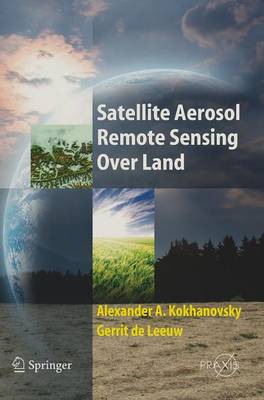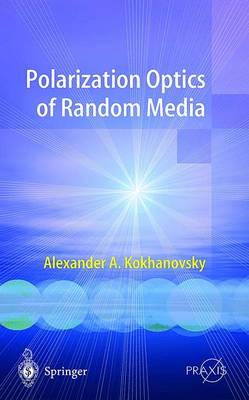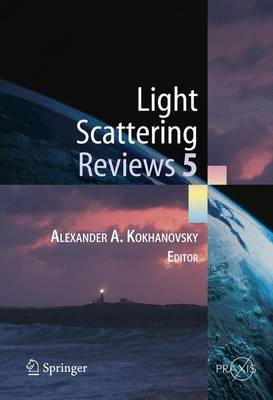Environmental Sciences
3 total works
Satellite Aerosol Remote Sensing Over Land
by Alexander A. Kokhanovsky and Gerrit de Leeuw
Aerosols have a significant influence on the Earth's radiation budget, but there is considerable uncertainty about the magnitude of their effect on the Earth's climate. Currently, satellite remote sensing is being increasingly utilized to improve our understanding of the effect of atmospheric aerosols on the climate system.
Satellite Aerosol Remote Sensing Over Land is the only book that brings together in one volume the most up-to-date research and advances in this discipline. As well as describing the current academic theory, the book presents practical applications, utilizing state-of-the-art instrumentation, invaluable to the work of environmental scientists.
With contributions by an international group of experts and leaders of correspondent aerosol retrieval groups, the book is an essential tool for all those working in the field of climate change.
Polarization methods for the study of the light scattering properties of various disperse media have hitherto only been reviewed in specialist journals relating to the fields of geophysics, astrophysics and optics. The only texts in this field are devoted to specific topics and do not cover the subject as a whole. In this book the author presents for the first time, the main results obtained in the field of polarization optics in a wide range of application areas. These will be used widely in different branches of modern science and technology over the next century. It is expected that this book will stimulate studies in the field and attract new people to this interesting field of research.
Remote Sensing of the Atmosphere from Space
by Alexander Kokhanovsky, Gerrit de Leeuw, and Petr Chylek
Chapter 4 looks at electromagnetic radiation discussing topics such as Maxwell theory, the Stokes vector and the theoretical background to light reflection, transmission and scattering. It provides the physical basis for optical remote sensing from space. Chapter 5 describes the various sources of radiation such as blackbody, solar and terrestrial radiation and artificial sources such as lasers. Chapter 6 reviews light propagation in the atmosphere which is an important topic since satellite signals are influenced not only by atmospheric scattering but also by reflectance from natural surfaces such as oceans, soil, vegetation, forest, snow and ice, and these topics are covered in chapter 7. Chapter 8 considers forward models and inverse problems (e.g. linearization techniques, minimization procedures and the adjoint radiative transfer equation).
Chapter 9 comprises a description of the application of techniques outlined in previous chapters for the solution of a number of practical problems such as the determination of aerosol, trace gas, and cloud properties using spectral top-of-atmosphere reflectances as detected by satellites. The final chapter 10 examines optical remote sensing techniques as applied to the monitoring of hurricanes, floods, desertification, volcanic eruptions, and climate change.


